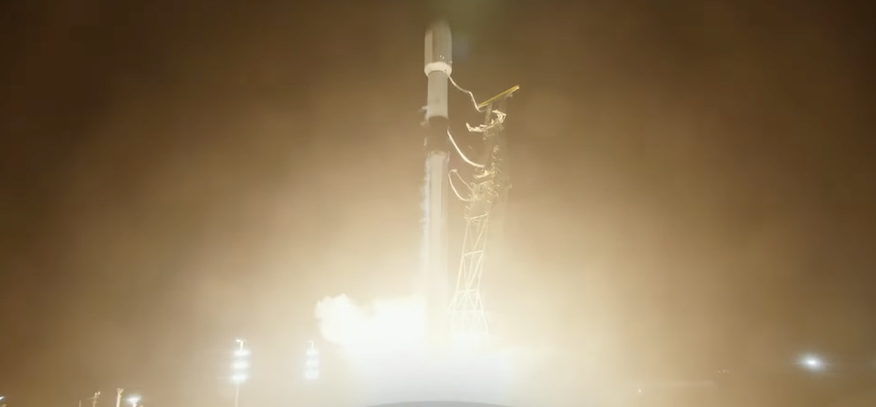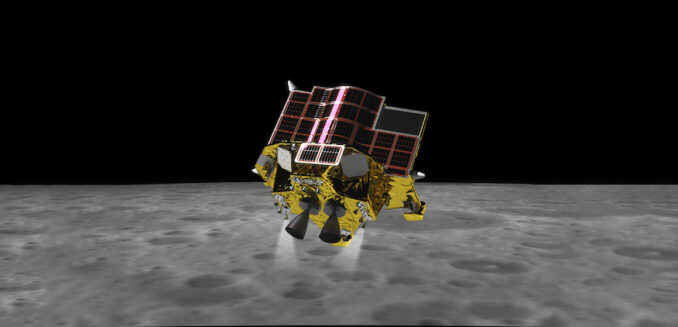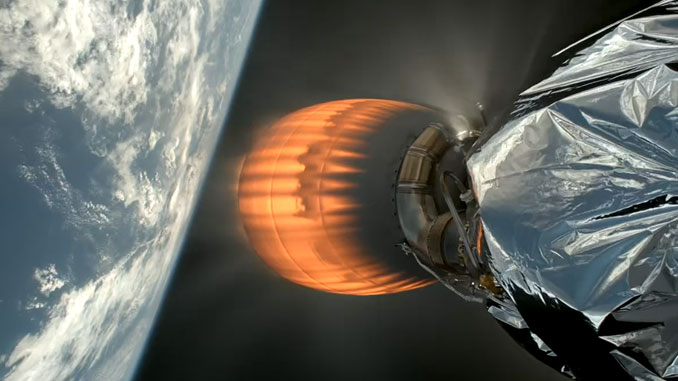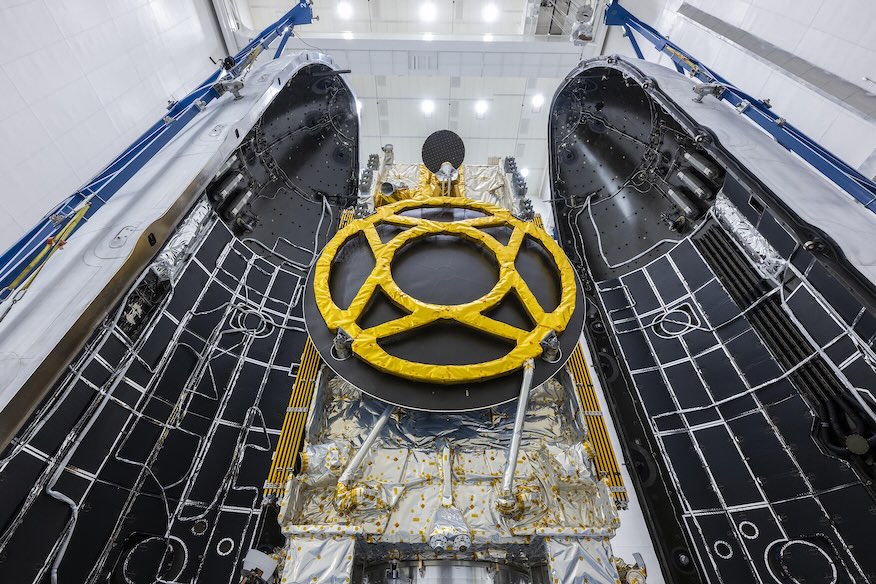
Update Oct. 29, 6:39 a.m. EDT: SpaceX delayed the launch to Wednesday, Oct. 30.
Update Oct. 30, 6:34 a.m. EDT: SpaceX pushed back the T-0 liftoff time by an hour.
Update Oct. 30, 9:22 a.m. EDT: SpaceX confirms deployment of the 20 Starlink satellites.
Update Oct. 30, 10:31 a.m. EDT: Adding info regarding the Direct to Cell part of the Starlink constellation
SpaceX launched another Falcon 9 rocket in the pre-dawn hours of Wednesday morning. The flight added another 20 Starlink satellites to the megaconstellation.
The Starlink 9-9 mission featured 13 satellites that include Direct to Cell capabilities. Liftoff from Space Launch Complex 4 East (SLC-4E) at Vandenberg Space Force Base happened at 5:07 a.m. PDT (8:07 a.m. EDT, 1207 UTC).
The Falcon 9 first stage booster supporting the mission, tail number B1075 in the SpaceX fleet, launched for a 14th time. It previously supported the flights of Transporter-11, SARah-2, SDA-0A and 10 Starlink missions.
A little more than eight minutes after liftoff, B1075 landed on the SpaceX droneship, ‘Of Course I Still Love You.’ This was the 106th booster landing on OCISLY and the 360th booster landing overall.
Direct to Cell nearing completion
The 13 Starlink satellites launched on the Wednesday mission brought the total for that part of SpaceX’s megaconstellation to 260. The company first launched this type of satellite on the Starlink 7-9 mission on Jan. 2, 2024.
Following that flight and the launch of Starlink 8-1 in April, SpaceX has been sending up DTC Starlinks in batches of 13. It did encounter a setback though during the Starlink 9-3 mission, when an upper stage failure caused the loss of those 20 Starlink satellites. Had that launch been successful, there would be 273 DTC Starlinks on orbit.
In a post-launch statement on X (formerly Twitter), Ben Longmier, the senior director of satellite engineering for SpaceX, said their DTC constellation will be completed after five more successful missions.
“We will continue to launch and improve the service after that in order to improve the coverage and latency for our partner telcos around the world,” Longmier said. Some of those partners include T-Mobile in the U.S., One New Zealand in New Zealand and Rogers in Canada.
Only 5 more launches left for @Starlink Direct to Cell in order to complete the first commercial constellation. We will continue to launch and improve the service after that in order to improve the coverage and latency for our partner telcos around the world. https://t.co/LvIXP1UGBP
— Ben Longmier (@longmier) October 30, 2024
Here’s the list of Starlink missions, which included DTC satellites:
- Jan. 2, 2024 – Starlink 7-9
- April 6, 2024 – Starlink 8-1
- May 9, 2024 – Starlink 8-2
- May 14, 2024 – Starlink 8-7
- June 4, 2024 – Starlink 8-5
- June 8, 2024 – Starlink 8-8
- June 18, 2024 – Starlink 9-1
- June 23, 2024 – Starlink 9-2
- July 3, 2024 – Starlink 8-9
- July 12, 2024 – Starlink 9-3 (upper stage failure)
- July 28, 2024 – Starlink 9-4
- Aug. 10, 2024 – Starlink 8-3
- Aug. 28, 2024 – Starlink 8-6
- Aug. 31, 2024 – Starlink 8-10
- Aug. 31, 2024 – Starlink 9-5
- Sept. 5, 2024 – Starlink 8-11
- Sept. 12, 2024 – Starlink 9-6
- Sept. 20, 2024 – Starlink 9-17
- Sept. 25, 2024 – Starlink 9-8
- Oct. 15, 2024 – Starlink 10-10
- Oct. 15, 2024 – Starlink 9-7
- Oct. 18, 2024 – Starlink 8-19
- Oct. 30, 2024 – Starlink 9-9
Satellite cell service competition
The statement from Longmier comes less than a week after AST SpaceMobile announced its BlueBird satellites, which will offer its own brand of space-based cellular service, have completed “unfolding” or fully deploying in orbit. The company said it achieved this milestone “ahead of schedule at six weeks after the launch” on a SpaceX Falcon 9 rocket.
“The deployment of our first five BlueBird commercial satellites marks just the beginning of our journey,” said Abel Avellan, Founder, Chairman and CEO of AST SpaceMobile. “As we prepare for commercial services, we remain committed to pushing the boundaries of innovation. Our team is already hard at work building the next generation of satellites, which will offer ten times the capacity of our current BlueBirds, further transforming mobile connectivity and delivering even greater benefits to our customers and partners worldwide.”
AST SpaceMobile is partnering with Verizon and AT&T in the U.S. It aims to offer services not only for commercial customers, but also to the federal and state governments.
“The unfolding of the first five commercial satellites is a significant milestone for the company. These five satellites are the largest commercial communications arrays ever launched in low Earth orbit,” Avellan said. “It is a significant achievement to commission these satellites, and we are now accelerating our path to commercial activity.”



